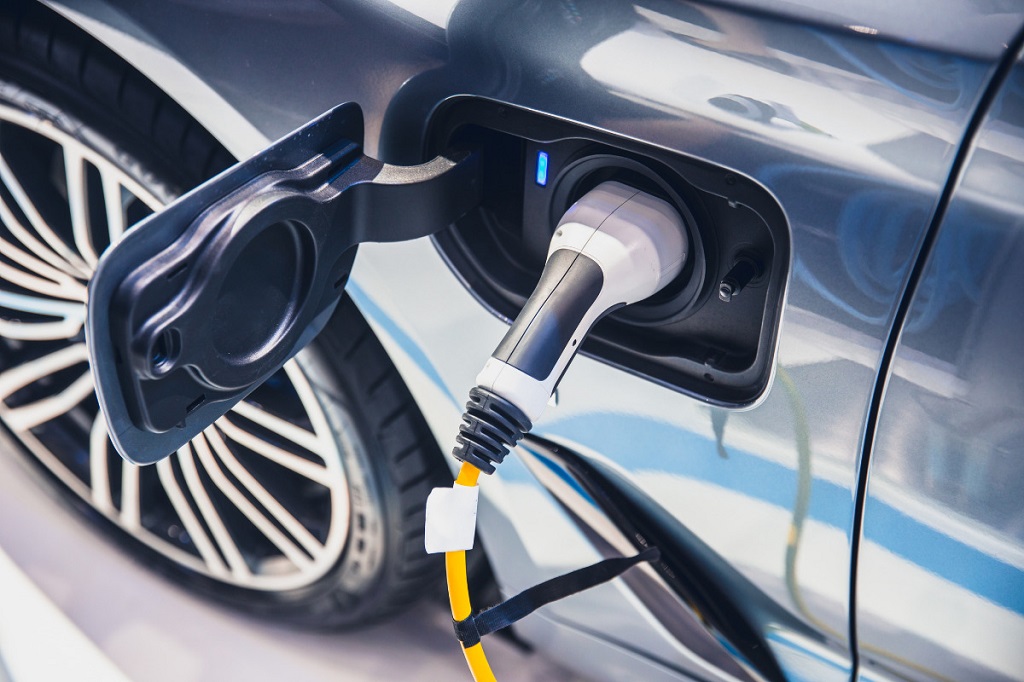The electric vehicle (EV) market has seen explosive growth in recent years, fueled by environmental concerns, government incentives, and advancements in technology. But with any burgeoning industry, questions linger about its long-term trajectory. So, what does the future hold for EVs? Buckle up, because we’re about to delve into the exciting – and potentially electric – road ahead.
A Market Poised for Expansion
Analysts overwhelmingly predict a continuous rise in the EV market share. The International Energy Agency (IEA) forecasts that EVs will make up over 60% of global car sales by 2030 under a scenario that prioritizes net-zero emissions by 2050 [1]. This translates to millions more EVs on the road, significantly impacting the automotive landscape.
Several factors are propelling this growth. Firstly, growing environmental consciousness is pushing consumers towards cleaner transportation options. Governments worldwide are also implementing stricter emissions regulations and offering EV tax credits and subsidies, making them more attractive financially. Additionally, automakers are pouring resources into developing a wider range of EV models, catering to diverse needs and budgets.
Challenges on the Road: Range Anxiety and Infrastructure
Despite the optimistic outlook, challenges remain. “Range anxiety” – the fear of running out of power before reaching a charging station – continues to be a concern for some potential EV buyers. While battery range has significantly improved, long-distance travel in an EV can still require meticulous planning compared to gas-powered vehicles.
Furthermore, the charging infrastructure needs substantial development. The current network of charging stations, particularly fast-charging ones, is insufficient to support a large-scale EV transition. Governments and private companies need to invest heavily in expanding the charging infrastructure, making it readily available and user-friendly.
Innovation is Key: Battery Breakthroughs and Beyond
The future of EVs hinges on continuous innovation. Battery technology is a critical area. Researchers are constantly striving to develop batteries with longer ranges, faster charging times, and lower production costs. Solid-state batteries, once commercially viable, could revolutionize EVs by offering significantly faster charging and potentially even higher range.
Innovation extends beyond batteries. Advancements in self-driving technology could lead to a future where autonomous electric vehicles dominate the roads. This would not only improve safety and convenience but also potentially optimize charging and energy usage.
More than Cars: Electrifying Every Vehicle Segment
The EV revolution isn’t limited to passenger cars. Commercial vehicles like trucks and buses are also transitioning to electric powertrains. This is crucial for reducing emissions in the transportation sector, a major contributor to air pollution.
Electric two-wheelers, such as scooters and motorcycles, are gaining traction, particularly in Asia. These offer a clean and affordable transportation option for urban environments. Expect to see a wider variety of electric vehicle types hit the market in the coming years, catering to various needs and applications.
The Geopolitical Landscape and Ethical Considerations
The rise of the EV market has geopolitical implications. The dominance of certain countries in battery material production, like lithium, could create new dependencies and resource competition. Sustainable and ethical sourcing of these materials will be crucial for long-term success.
The environmental impact of EV production must also be addressed. While EVs have a cleaner operational footprint, battery production can be energy-intensive. Sustainable practices throughout the manufacturing lifecycle will be essential.
Related: What is an Automotive Battery?
The Future is Electric, But It’s a Shared Journey
The future of the EV market is undeniably bright. With continuous innovation, expanding infrastructure, and increasing consumer demand, EVs are poised to become the dominant mode of transportation. However, collaboration is key. Governments, automakers, energy providers, and consumers all have a role to play in ensuring a smooth and sustainable transition towards an electric future.
The road ahead will likely see continued advancements, infrastructure development, and potentially new challenges. But one thing is certain: the electric revolution has begun, and it’s set to transform the way we travel. Buckle up, and get ready for an exciting ride!






